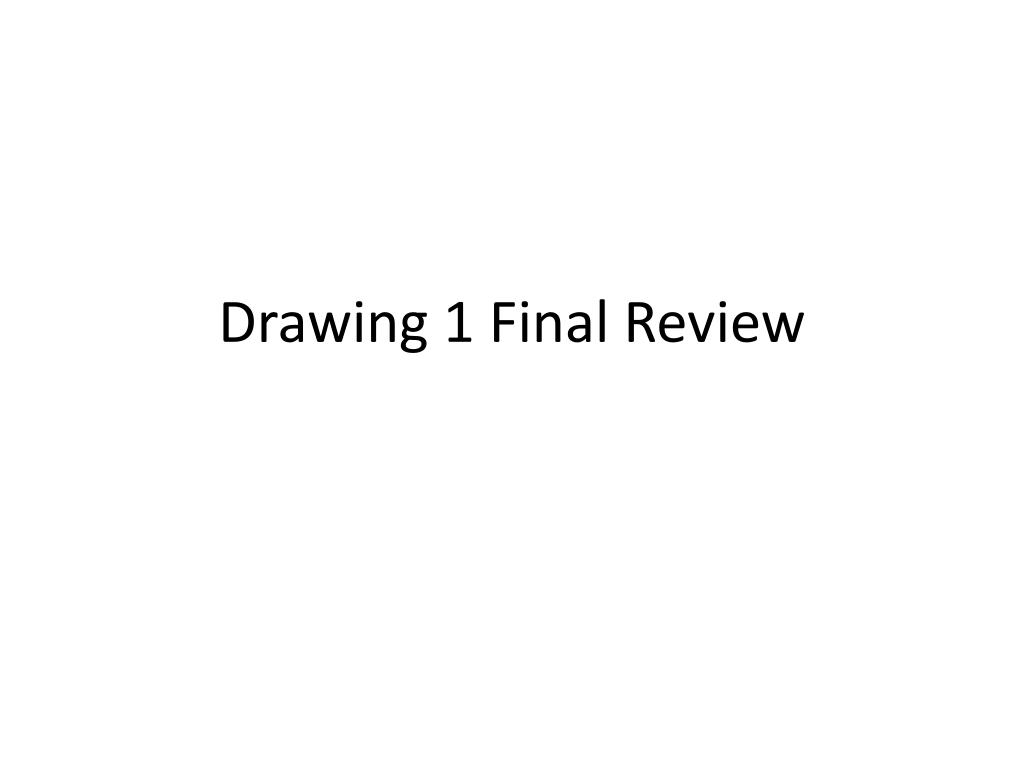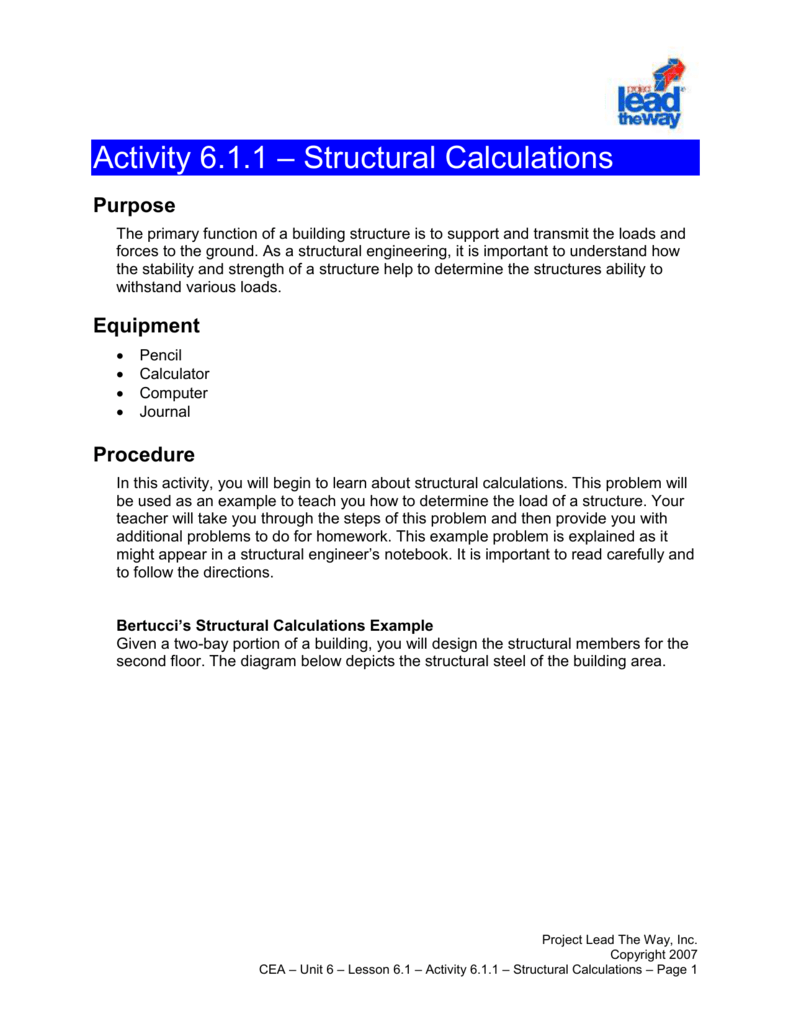View Test Prep - Semester 1 Exam Study Guide engineering - Google Docs from CEA PLTW at Bellbrook High School. Penis Semester 1 Exam Study Guide A.
Civil Engineering and Architecture is the study of the design and construction of residential and commercial building projects. 2017 cadillac xlr service manual download. The course includes an introduction to many of the varied factors involved in building design and construction including building components and systems, structural design, storm water management, site design, utilities and services, cost estimation, energy efficiency, and careers in the design and construction industry. The major focus of the CEA course is to expose students to the design and construction of residential and commercial building projects, design teams and teamwork, communication methods, engineering standards, and technical documentation.

Utilizing the activity-project-problem-based (APPB) teaching and learning pedagogy, students will analyze, design and build electronic and physical models of residential and commercial facilities. While implementing these designs students will continually hone their interpersonal skills, creative abilities and understanding of the design process. Civil Engineering and Architecture is a high school level course that is appropriate for 10th or 11th grade students interested in careers related to civil engineering and architecture. Other than their concurrent enrollment in college preparatory mathematics and science courses, this course assumes no previous knowledge. The Project Lead the Way curriculum, including Civil Engineering and Architecture, focuses on making math and science relevant for students. The approach used is called APPB-learning (activities, projects, and problem-based learning).
- Pltw Cea Final Study Guide Document for Pltw Cea Final Study Guide is available in various format such as PDF, DOC and ePUB which you can directly download and save in in.
- This vocabulary should be studied before taking the end of course exam for the Project Lead the Way Civil. Material used to restrict the flow of heat, cold, or sound from one surface to another. Concrete that is poured in its final location.


By engaging in hands-on, real-world projects, students understand how the material covered in class can be applied in their everyday lives. Learning activities will include teacher-led instruction, cooperative learning, and project-based learning. Technology will be used to enhance student learning, and provide real-world applications. Engineering is a profession that contributes to change and improvements in our world. It creates imaginative and visionary solutions to the challenges of the 21 st century – the problems of feeding the world, how we will use energy and continue to protect our environment.
Engineering and technology play a vital role in the quality of everyday life and wealth creation. Appropriate attitudes relative to the professional social obligations of the engineer, and the relationships between math, science, technology and society need to be learned. Real world, open-ended engineering problems that cover a wide range of content will be presented.CUMULATIVE FINAL EXAM. Assessment Standards / GradingPractices.
Grades will be calculated on a straight point basis. Projects will be based on a scale of 1 to 100 points depending on the assignment or project. Daily work and participation grades will be based on completion of the Engineering Notebook and Portfolio. Weekly quizzes, cumulative unit exams and a National PLTW Assessment will be given during the semester. All students must maintain an Engineering Notebook and Portfolio to pass the class.
They will be checked periodically throughout semester. College Credit Opportunities. PLTW students who have successfully completed all courses in the pre-engineering high school curriculum with at least a grade B in each course will be awarded a maximum of 7 credit hours towards their degree completion in one of engineering or engineering technology programs offered by CEET.
Students must have completed ALL FOUNDATION COURSES AND THE ONE CAPSTONE COURSE with a grade of B or better in order to be eligible for the 7 credit hours. PLTW students will be awarded a maximum of 7 credit hours from the following list of courses. The PLTW Engineering programs offer students an array of advantages, from career readiness and hands-on experience to college preparatory–level classes, labs and creative exercises. PLTW students succeed in the classroom and in life. Our programs are designed to appeal to all students, from those already interested in STEM-related fields, to those whose experience in the sciences and math has been less comprehensive or who find themselves uninterested in traditional science and math curricula. PLTW classes are hands-on, based in real-world experience, and engaging for students and teachers.
We set the highest standards for rigorous, focused and relevant study, and develop students’ innovative, collaborative, critical-thinking, and problem-solving skills. Our relationships with teachers, parents, local and national business leaders and university partners allow us to offer a complete experience both for students wishing to pursue a post-secondary degree in a STEM-related field and for those planning to join the workforce after high school. STEM literacy reduces dropout rates, increases attendance and helps students find better-paying jobs after school. College and Career Pathways. Design/Pre-Construction.
Construction. Maintenance/Operations. Science & Mathematics. Engineering & Technology For sample occupations and post secondary educational requirements, visit: and click on “Career Clusters & Pathways”. TimeManagement: Students need to apply themselves on a daily basis. Personal Motivation: Actively seeking and taking part in any undertaking relating to the chosen s kill area. Problem-Solving Ability: T his course encourages and teaches students to problem solve and use critical thinking to solve problems.
Reliability/Dependability: Demonstration by the student that he/she can be relied upon to do what is expected in class and in group work. This includes completing assignments on time, in a professional manner, and working with his/her group or partner.
Pltw Cea Notes
Ability to Work with Others: A variety of skills including teamwork are addressed. In this course students must work in groups on various tasks and projects for solving problems, generating ideas, and stimulating critical thinking by unrestrained spontaneous participation in discussion. Students will acquire strong teamwork and communication skills throughout this course.